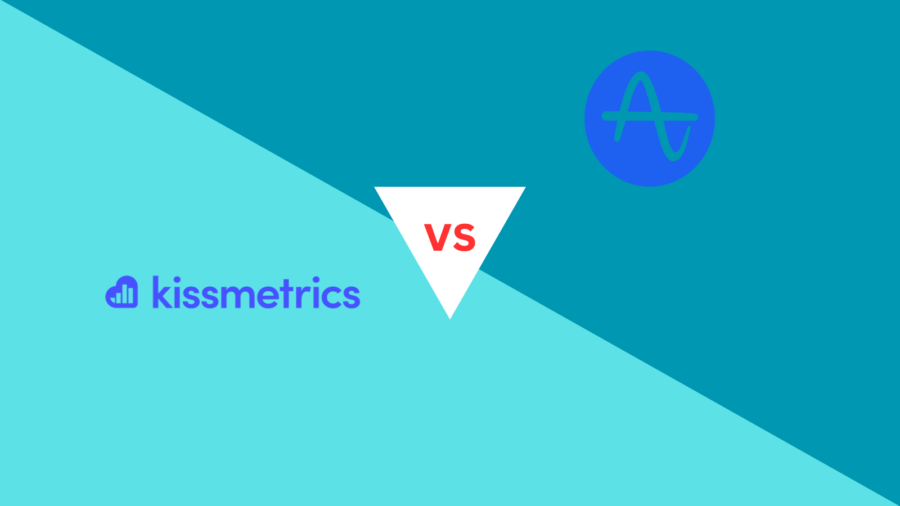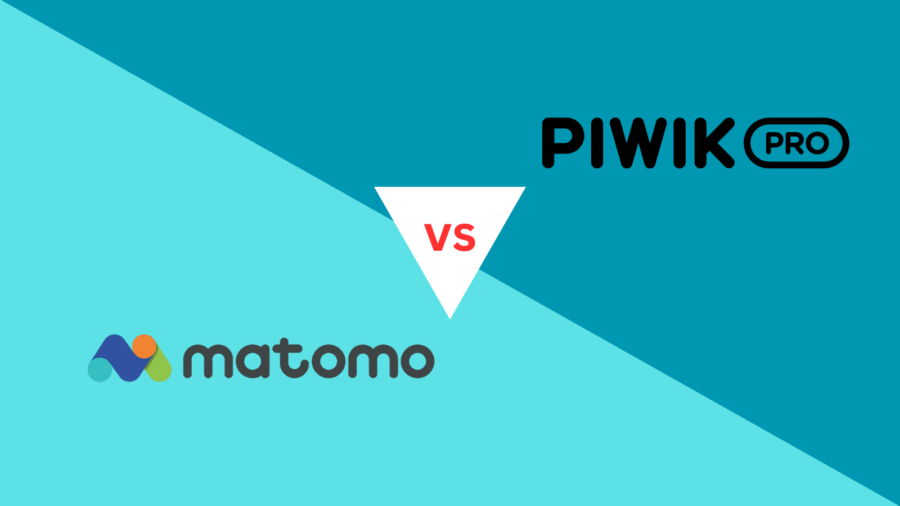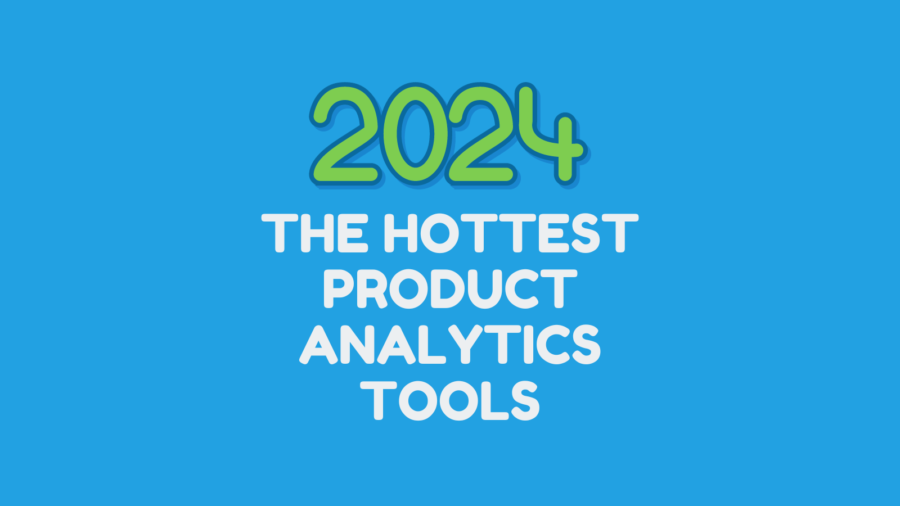Introduction
Understanding user behavior is crucial for success in the fast-paced digital business world. Product analytics tools provide insights that empower businesses to make informed decisions. Two prominent players in this space are Kissmetrics and Amplitude. This blog post will comprehensively compare Kissmetrics and Amplitude from a product analytics perspective, exploring their features, strengths, and unique offerings.
- Kissmetrics: Unraveling Customer Journeys
Kissmetrics is a renowned product analytics platform that has been a staple for businesses aiming to dissect customer journeys. Its focus on understanding individual user behavior sets it apart. Kissmetrics provides a granular view of how users interact with a product throughout their lifecycle, from onboarding to conversion.
One of Kissmetrics’ standout features is its ability to create detailed user profiles. Businesses can better understand user preferences and behavior patterns by associating specific actions with individual users. The emphasis on user-level tracking allows for targeted marketing campaigns and personalized user experiences.
Regarding event tracking, Kissmetrics enables businesses to track a wide array of user actions, helping identify key conversion points and potential bottlenecks in the user journey. The funnel analysis feature is particularly powerful, allowing businesses to visualize and optimize conversion paths step by step.
However, Kissmetrics does have its limitations. The learning curve can be steep, and the platform may be more suitable for businesses with specific user journey analysis needs. Additionally, some users find the pricing structure less flexible compared to other tools in the market.
- Amplitude: Harnessing Behavioral Insights at Scale
Amplitude, on the other hand, positions itself as a comprehensive product analytics solution with a strong focus on behavioral analytics at scale. Amplitude excels in handling large datasets and providing businesses with the tools to analyze and act upon complex user behavior patterns.
Amplitude’s robust event-tracking capabilities allow businesses to capture many user interactions. Amplitude shines in its ability to analyze these events at scale, providing insights into user behavior across entire user segments. The platform’s user segmentation capabilities are especially noteworthy, enabling businesses to tailor their analysis to specific user groups.
Amplitude’s retention analysis tools are also powerful, helping businesses identify patterns in user engagement over time. This can be invaluable for improving user retention strategies and optimizing product experiences. The platform’s user-friendly interface and intuitive dashboards make it accessible to a broad audience within a business, from analysts to product managers.
While Amplitude provides a comprehensive solution, some users may find it overwhelming due to the sheer volume of features. For smaller businesses or those with simpler analytics needs, the extensive capabilities of Amplitude may be more than necessary, potentially leading to a steeper learning curve.
- Comparative Analysis: Strengths and Weaknesses
In comparing Kissmetrics and Amplitude, several key factors come into play:
- User-Level Tracking:
- Kissmetrics: Offers detailed user profiles and a focus on individual user behavior.
- Amplitude: Provides robust event tracking at scale, suitable for analyzing user behavior across segments.
- Event Tracking and Analysis:
- Kissmetrics: Excels in visualizing individual user journeys and optimizing conversion funnels.
- Amplitude: Stands out in handling large datasets, offering extensive event tracking and segmentation capabilities.
- Ease of Use:
- Kissmetrics: It may have a steeper learning curve, but its emphasis on user journeys provides a unique perspective.
- Amplitude: Features an intuitive interface and user-friendly dashboards, making it accessible to a wider audience.
- Scalability:
- Kissmetrics: Well-suited for businesses with specific user journey analysis needs.
- Amplitude: Excels in handling large datasets and is suitable for businesses with complex analytics requirements.
- Pricing:
- Kissmetrics: Some users find the pricing structure less flexible.
- Amplitude: Offers pricing plans that cater to businesses of various sizes, but some may find it relatively expensive for smaller budgets.
- Conclusion: Choosing the Right Fit for Your Business
In product analytics, both Kissmetrics and Amplitude bring valuable features to the table. The choice between the two ultimately depends on your business’s specific needs and priorities.
If you focus on understanding individual user journeys, optimizing conversion funnels, and creating personalized experiences, Kissmetrics may be the ideal choice. Its user-level tracking and detailed profiling make it a powerful tool for businesses emphasizing individual user behavior.
On the other hand, if your business operates on a larger scale and requires an in-depth analysis of user behavior across diverse segments, Amplitude’s scalability and robust event-tracking capabilities might be better suited. Its user-friendly interface ensures that various teams within your organization can leverage its features effectively.
In conclusion, both Kissmetrics and Amplitude stand as stalwarts in the product analytics landscape, each with its unique strengths and weaknesses. By carefully evaluating your business’s specific analytics needs and priorities, you can make an informed decision that propels your business toward data-driven success.
Check more comparisons from our Unraveling the Power of Product Tools series.





